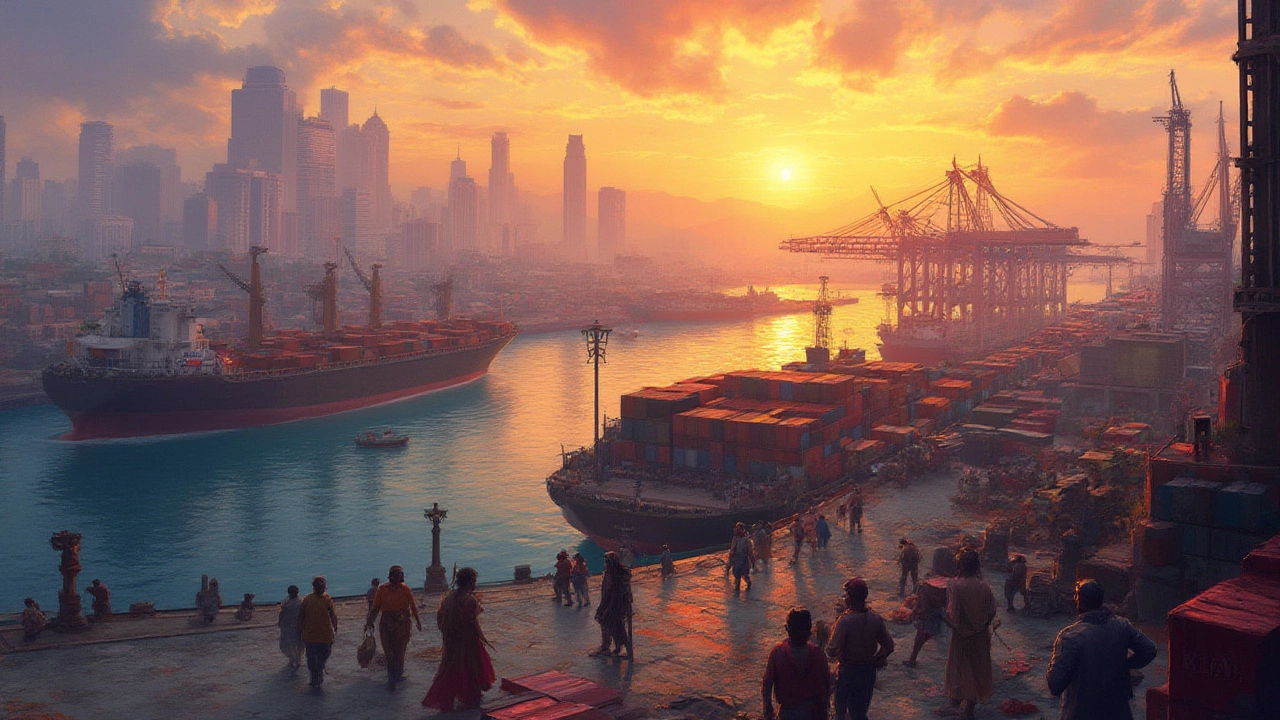Global Trade: Understanding the Forces Shaping International Markets
When talking about global trade, the worldwide exchange of goods and services that fuels economies, creates jobs, and drives innovation. Also known as international trade, it links producers in one country with consumers in another, influencing everything from price trends to career opportunities. Global trade isn’t just a macro‑economic concept; it’s a network of regulations, logistics, and financial tools that together decide how fast a product moves from factory floor to storefront. For anyone interested in entering high‑pay trade careers, understanding these connections can make the difference between a random job search and a strategic career plan.
Key Components That Drive Global Trade
One of the core pillars is international commerce, the buying and selling of goods across borders, governed by trade agreements and customs rules. This commerce relies heavily on supply chain management, the coordination of production, transportation, and distribution to ensure products reach markets efficiently. When supply chains run smoothly, they lower costs, speed up delivery, and boost competitiveness. Another essential piece is trade finance, the financial services that provide credit, insurance, and payment solutions to facilitate cross‑border transactions. Without reliable financing, exporters struggle to secure raw materials and buyers face payment risks. Together, these elements form a semantic triple: Global trade encompasses international commerce; international commerce requires supply chain management; supply chain management is supported by trade finance. Understanding these links helps students choose vocational courses—like logistics, customs law, or trade finance—that directly feed into the global market.
Our curated collection below reflects how education, skill training, and high‑earning trades intersect with global trade. You’ll find guides on high‑salary courses, short‑term certificates, and apprenticeship pathways that prepare you for roles in import‑export, supply‑chain analysis, and trade‑related finance. Articles also cover the most profitable trades in India, the impact of vocational training on earnings, and step‑by‑step plans to launch a career in international commerce. By linking the macro view of global trade with practical learning routes, these resources give you a roadmap from classroom theory to real‑world paychecks. Dive in to see which skills match the demand of today’s interconnected markets and start building a career that rides the wave of global trade.
Explore the driving forces behind India’s trading power. Learn how its history, geography, reforms, and technology fuel India’s remarkable global trade.
